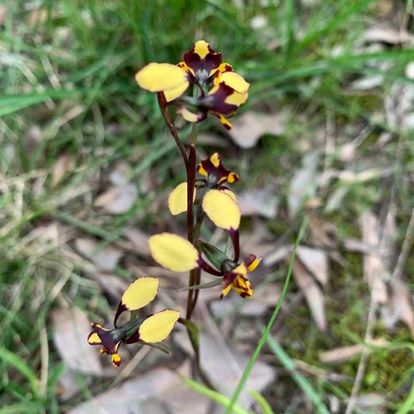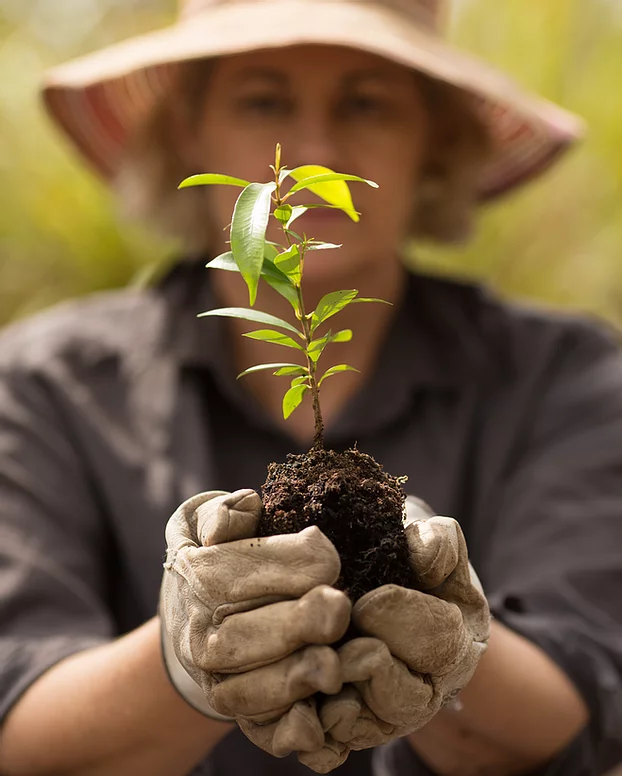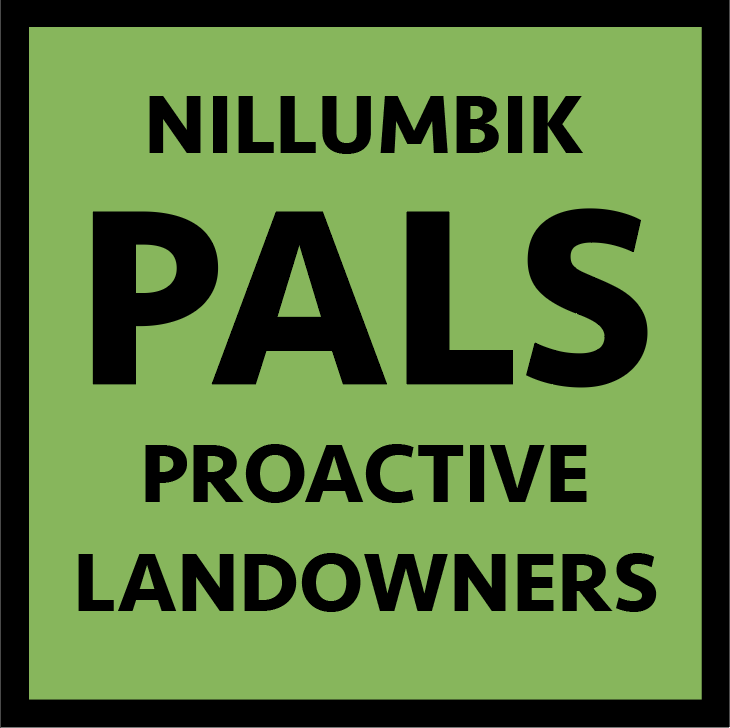
Caring for our land, water, native plants and animals
Nillumbik landowners have an enormous propensity to perform environmental services because overwhelmingly they care for the land, water, animals and natural environment of which they are stewards.
Nillumbik as the highest rate of participation in the voluntary Land For Wildlife program in Victoria.
Nillumbik landowners voluntarily eradicate thousands of environmentally damaging foxes, rabbits, deer and other invasive species each year.
Nillumbik has high levels of regenerative and organic agricultural practices.
The enormous collective performance of environmental initiatives by landowners benefits our communities and environment as a whole.

The importance of actively involving landowners in developing management plans
Most environmental policies advocated by conservationists and put forward by councils are predicated on private land conservation and use controls. But conservation is only one method of a range of mechanisms that policy makers can implement to support the stewardship and protection of our land water and natural resources.
There is insufficient acknowledgement nor support for the voluntary environmental activities and ecological services performed by landowners for the benefit of our broader community and environment.
PALS work with Nillumbik landowners has revealed that:
– environmental motives,
– residential, family life and lifestyle motives,
– recreational activities, and
– land use such as agriculture
are strong predictors of individuals who implemented voluntary environmental and conservation actions such as removal of invasive species and control of erosion.
PALS believes a better understanding of landowner perceptions, activities, motives (and barriers to participation) can help improve environmental policies and management programs.
Approximately 80% of Nillumbik’s green wedge land is under private ownership.
Actively involving landowners in developing policy and management plans is imperative to engage the collective capacity of landowners to perform environmental services and enhance the effectiveness of outcomes.
